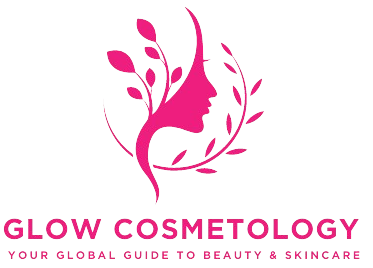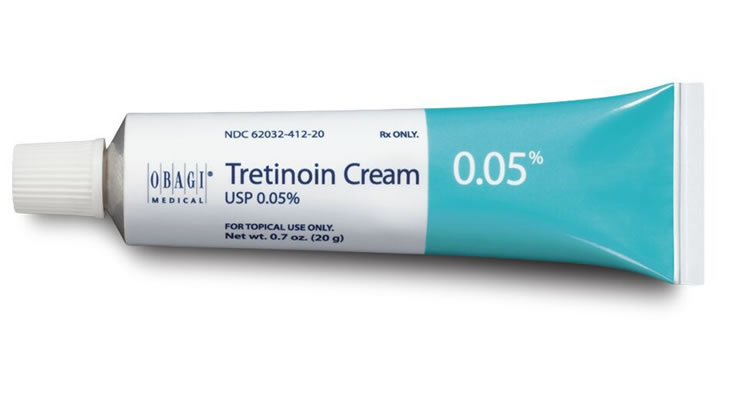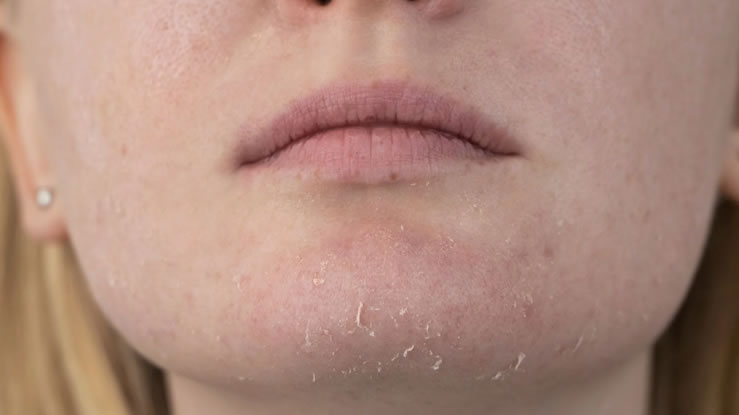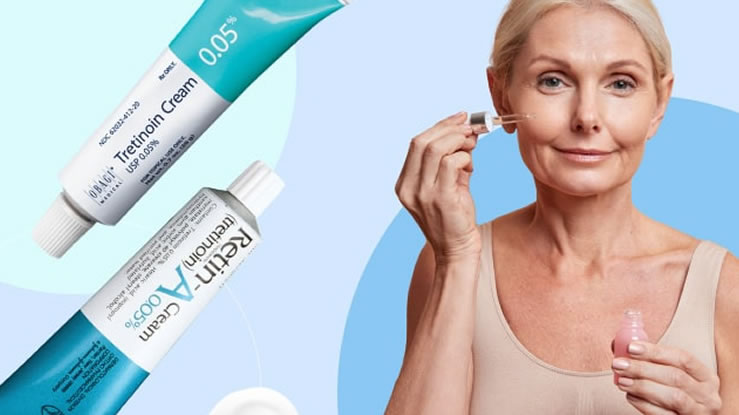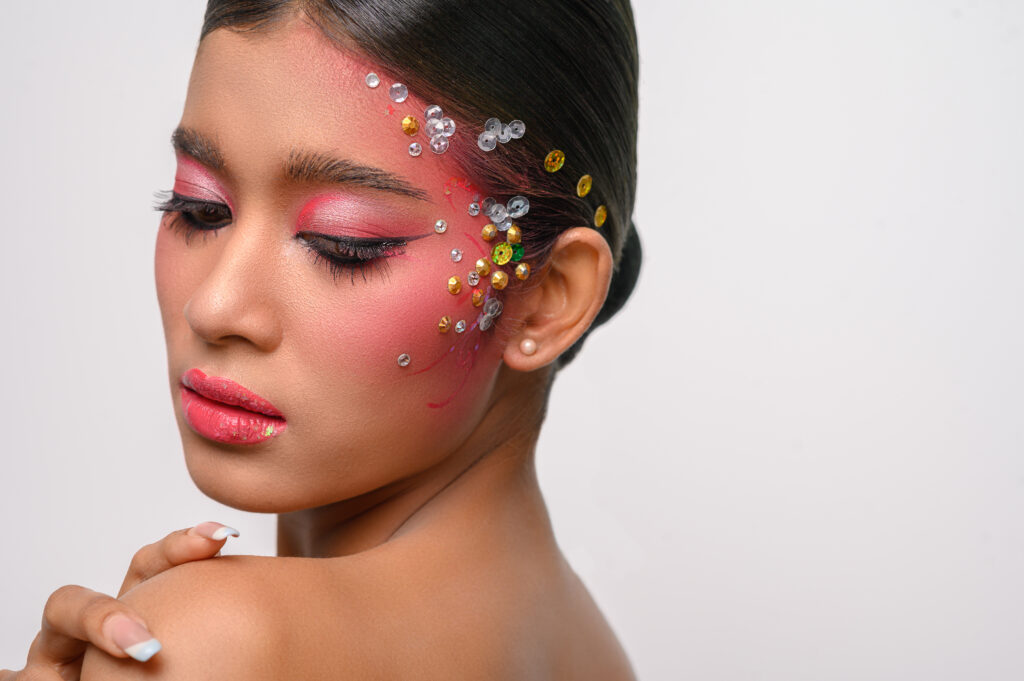Microblading has surged in popularity as a semi-permanent solution for achieving fuller, well-defined eyebrows. While many are drawn to its aesthetic benefits, it’s crucial to understand the potential risks associated with the procedure. This comprehensive guide delves into the various risks of microblading, providing insights to help you make an informed decision.
1. Understanding Microblading
Microblading is a form of cosmetic tattooing where a technician uses a handheld tool with tiny needles to create hair-like strokes on the eyebrow area. Pigment is deposited into the skin’s upper layers, resulting in natural-looking, semi-permanent brows. The effects typically last between 12 to 18 months, depending on skin type and aftercare.RealSelf
2. Common Risks and Side Effects
a. Infection
Since microblading involves breaking the skin, there’s a risk of infection if proper hygiene isn’t maintained. Using non-sterile equipment or improper aftercare can lead to bacterial infections, which may cause redness, swelling, and pus formation. In severe cases, infections can result in scarring or more serious health complications.
b. Allergic Reactions
Some individuals may experience allergic reactions to the pigments or numbing agents used during the procedure. Symptoms can include itching, redness, and swelling. It’s advisable to conduct a patch test before undergoing microblading to identify any potential allergies.
c. Scarring
Improper technique or poor aftercare can lead to scarring. Individuals prone to keloids or hypertrophic scars should consult with a dermatologist before considering microblading.
d. Uneven Pigmentation
If the pigment isn’t deposited evenly, it can result in patchy or uneven brows. This may necessitate additional touch-up sessions to correct the inconsistencies.InStyle
e. Color Changes
Over time, the pigment used in microblading can change color, often turning to shades of blue, red, or orange. Factors such as sun exposure, skin type, and the quality of the pigment can influence these changes.
f. Pain and Discomfort
While numbing agents are applied before the procedure, some individuals may still experience discomfort or pain during and after the session. The area may also feel tender during the healing process.
3. Long-Term Considerations
a. Fading and Maintenance
Microbladed brows fade over time, requiring touch-ups to maintain their appearance. Factors like skin type, sun exposure, and skincare products can influence the rate of fading.HOB Aesthetics
b. Difficulty in Removal
If you’re unsatisfied with the results, removing microbladed pigment can be challenging. Laser removal is an option, but it can be costly, time-consuming, and may not fully restore the skin to its original state.
c. Impact on Future Procedures
Previous microblading can affect the outcome of future cosmetic procedures, such as brow lifts or other forms of permanent makeup. Scar tissue or residual pigment may interfere with new treatments.
4. Contraindications
Certain conditions may make microblading unsuitable or risky:tonysbeautybrows.com
-
Pregnancy and Nursing: Hormonal changes can affect pigment retention and healing.The Brow Blueprint
-
Skin Conditions: Individuals with eczema, psoriasis, or dermatitis in the brow area may experience complications.The Brow Blueprint
-
Blood Disorders: Conditions like hemophilia or those on blood-thinning medications may increase bleeding risks.PMU Hub
-
Allergies: Known allergies to pigments or numbing agents can lead to adverse reactions.
-
Recent Cosmetic Procedures: Those who have recently undergone treatments like Botox or chemical peels should wait before getting microblading.shadedandbladed.com+1PMU Hub+1
5. Minimizing Risks
To reduce the potential risks associated with microblading:
-
Choose a Qualified Technician: Ensure the practitioner is certified and follows strict hygiene protocols.
-
Conduct a Patch Test: Test for allergies to pigments and numbing agents before the procedure.
-
Follow Aftercare Instructions: Adhere to the provided guidelines to promote proper healing and reduce infection risks.
-
Avoid Certain Activities: Refrain from swimming, excessive sweating, or sun exposure during the healing period.
While microblading offers the allure of effortlessly perfect brows, it’s essential to weigh the potential risks and long-term considerations. By conducting thorough research, consulting with professionals, and adhering to aftercare instructions, you can make an informed decision that aligns with your beauty goals and health considerations.
Related Article
